Deciphering Photography Gear: A Deep Dive into the Technology and Artistry Behind the Lens
In the realm of photography, understanding the intricacies of equipment and gear is quintessential for both amateurs and seasoned professionals. Through my myriad experiences as a globe-trotting photographer with Stony Studio, I’ve harnessed the power of technology to encapsulate moments that convey myriad narratives.
Today, I aim to peel back the layers of complexity surrounding photography gear, offering insights honed from my adventures and technical background.
Choosing the Right Camera: More Than Just Megapixels
Embarking on your photography journey begins with selecting the right camera. While megapixels do play a role in image quality, factors such as sensor size, dynamic range, and low-light performance are pivotal. As an enthusiast of both Canon and Nikon, I appreciate the nuances that each brand offers, catering to different preferences and needs.
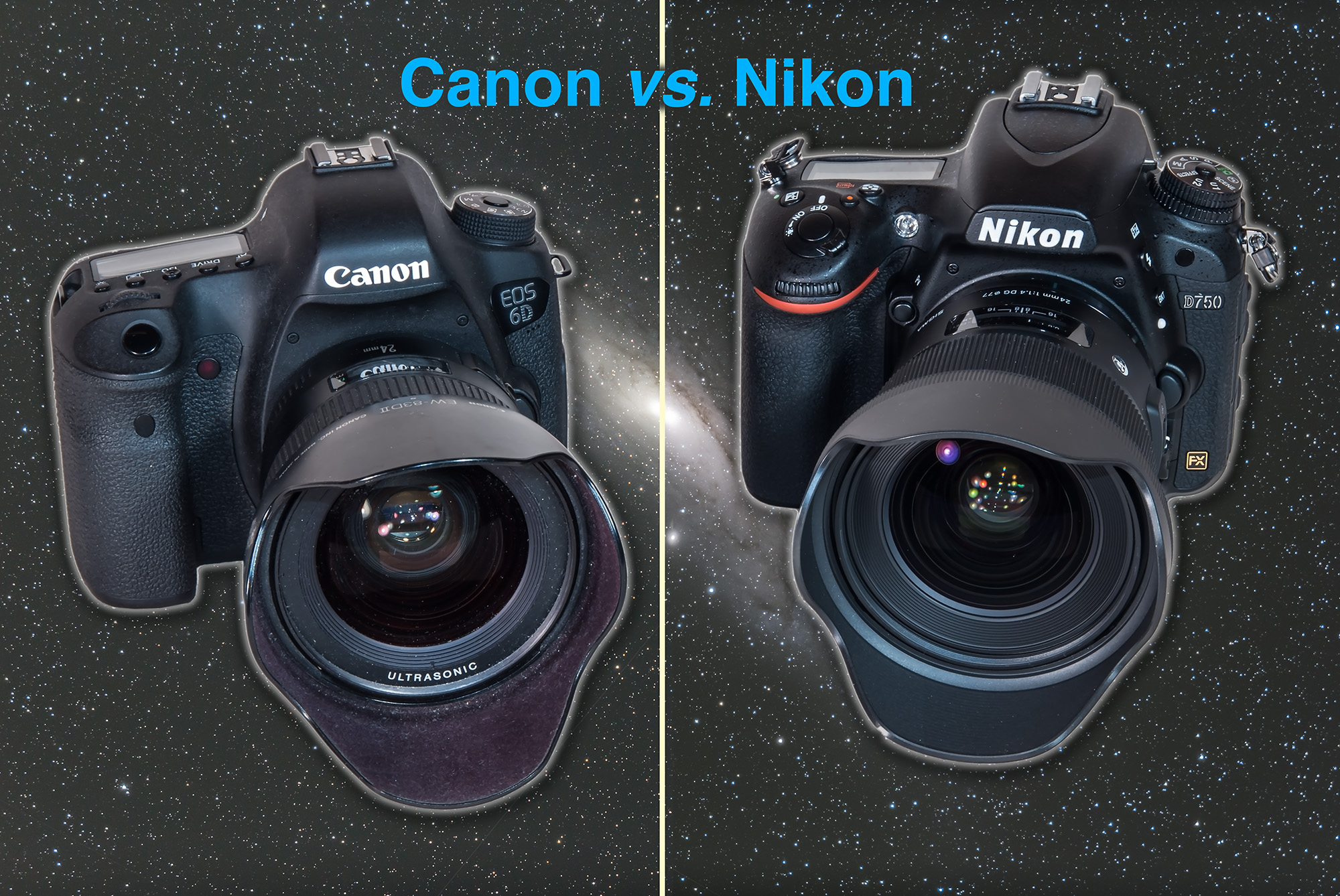
Lenses: The Window to Creativity
Lenses profoundly influence the outcome of your photographs, serving as the eyes through which your camera sees the world. From wide-angle lenses ideal for landscape photography to telephoto lenses perfect for wildlife shots, each lens has its unique attributes. As someone who has captured everything from the enigmatic landscapes of North Korea to intimate wedding moments, I’ve learned the significance of selecting the right lens for the right scenario.
For instance, a 50mm lens might be perfect for sharp, everyday shots, but a 24-70mm zoom lens offers unparalleled versatility for event photography.
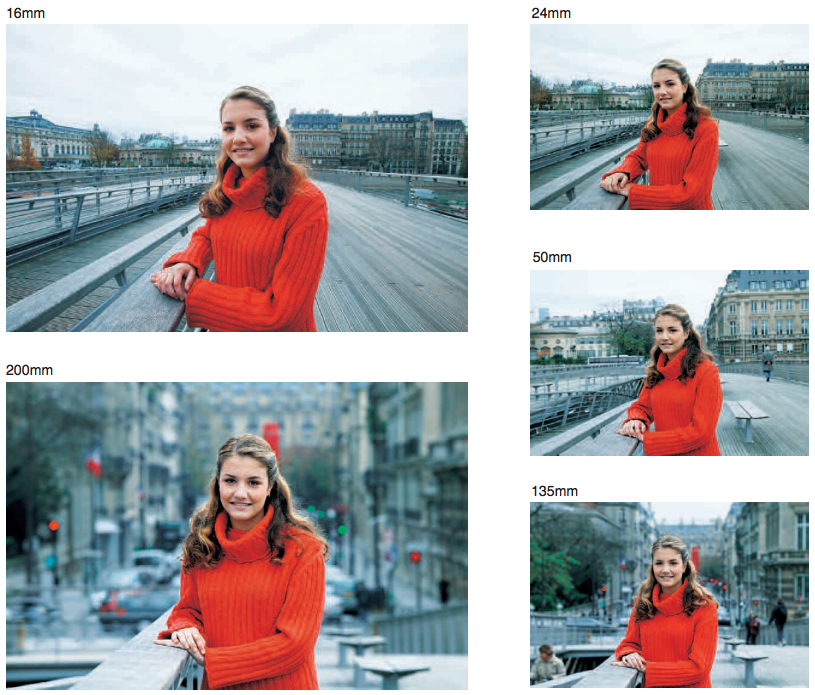
Lighting: Sculpting Your Subject
Understanding and manipulating light is fundamental. The interplay of shadows and highlights can elevate a photograph from mundane to mesmerizing. Both natural and artificial lighting resources have their place, but mastering their use requires practice and experimentation. Reflectors, diffusers, and flash units are part of the arsenal I deploy, depending on the shooting conditions and the mood I aim to evoke.
The Role of Accessories
Accessories can significantly enhance your shooting experience. Tripods offer stability for long exposures, filters can protect your lenses and modify light, and memory cards store your invaluable captures. Among these, perhaps the most overlooked yet crucial is the humble camera bag. Protecting and organizing your gear, especially when travelling to diverse climates and locations, cannot be overstated.
Post-Processing Software: The Final Touch
In the digital age, capturing the photo is only the beginning. Post-processing plays an indispensable role in realizing the vision you had when you clicked the shutter. Tools like Adobe Lightroom and Photoshop allow for an astonishing range of adjustments and enhancements, from basic color correction to complex compositing.
Given my IT and AI expertise, I’ve also explored the incorporation of machine learning algorithms in editing software, which promises to make these processes more intuitive and powerful.
Conclusion: A Synergy of Art and Technology
Photography remains a profound medium for storytelling, blending artistic expression with technological innovation. My journey across different spectrums of this art form, underpinned by my tech-savvy background, has taught me the value of both approaches. Whether through the lens of my camera or the algorithms of machine learning, the quest for capturing the essence of a moment persists.
I encourage fellow photography enthusiasts to delve deep into understanding their gear, for it’s not just about owning the most advanced equipment, but mastering its potential to bring your unique vision to life.
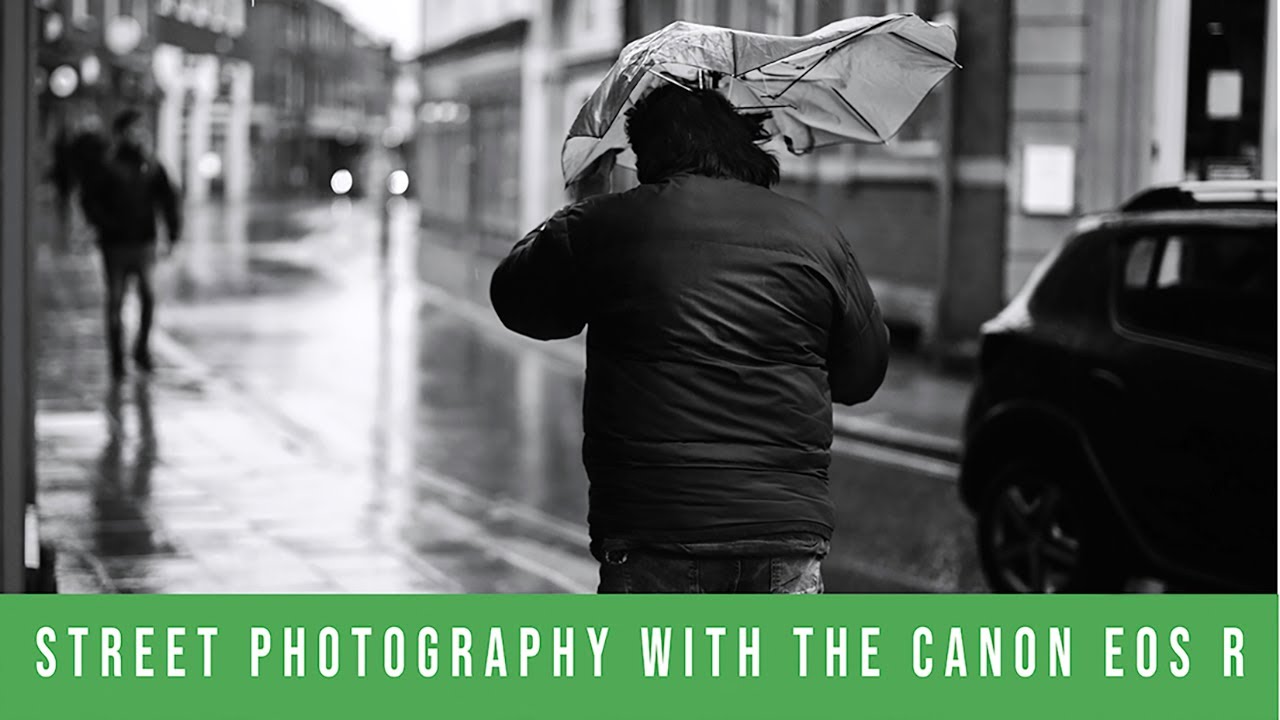 >
>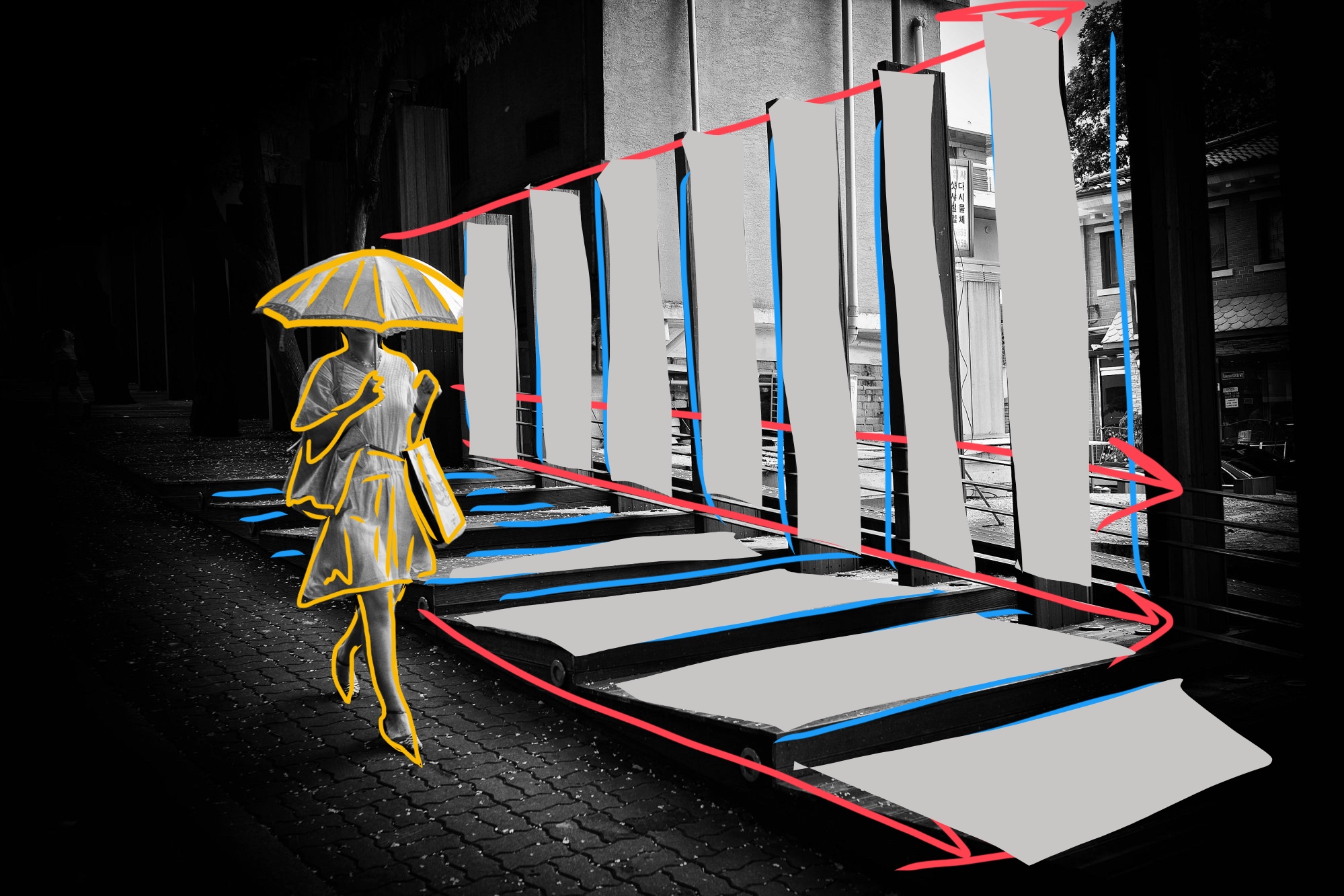 >
>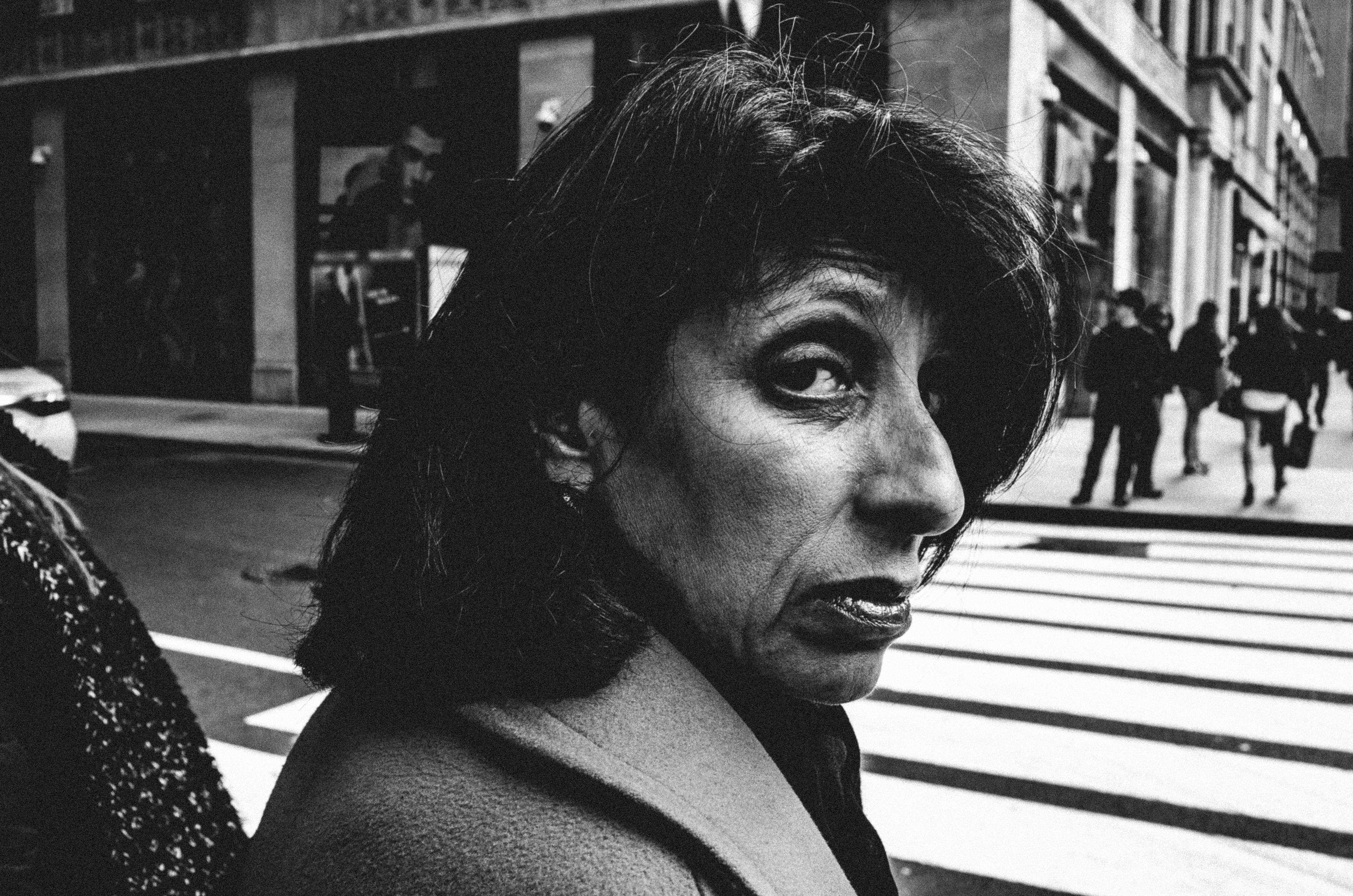 >
>